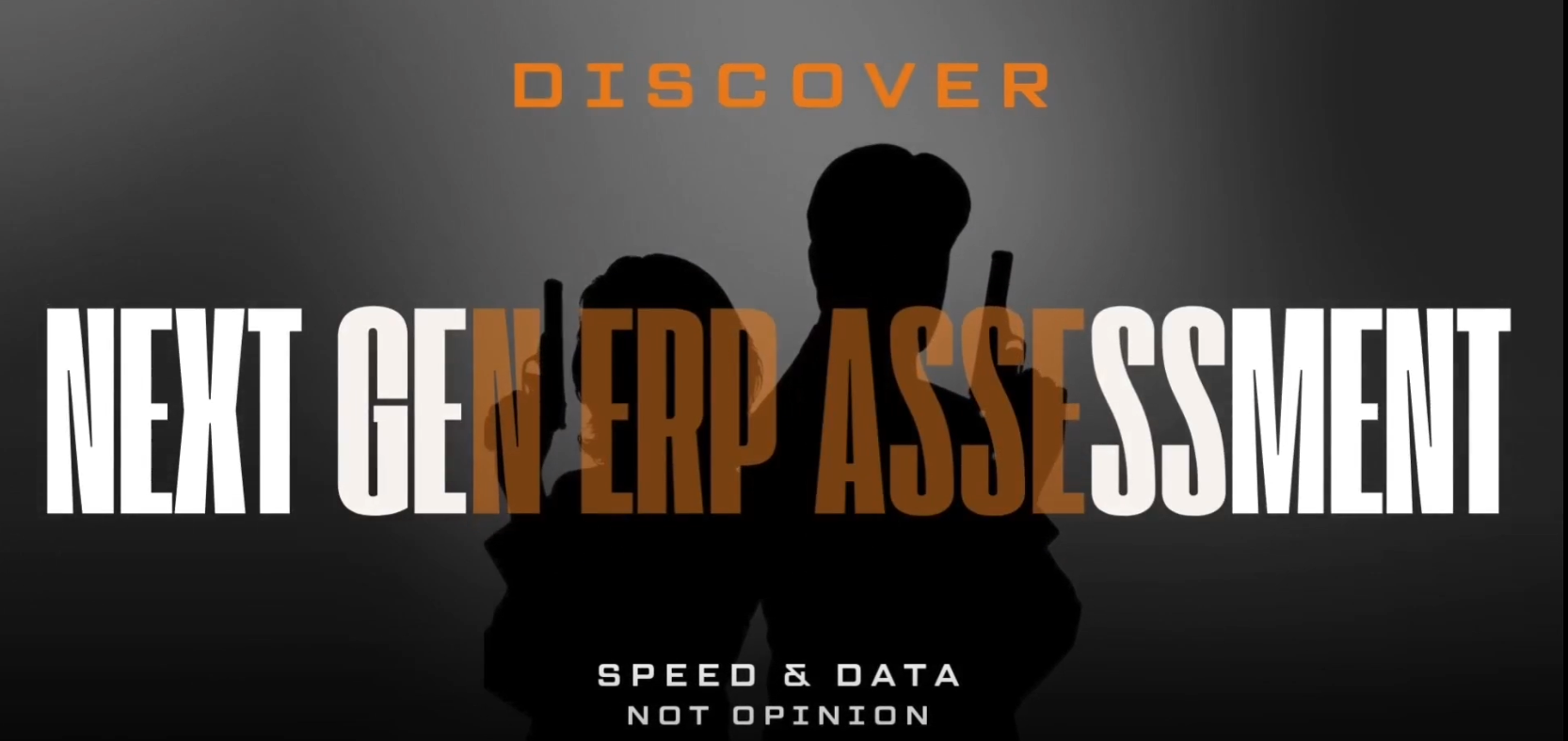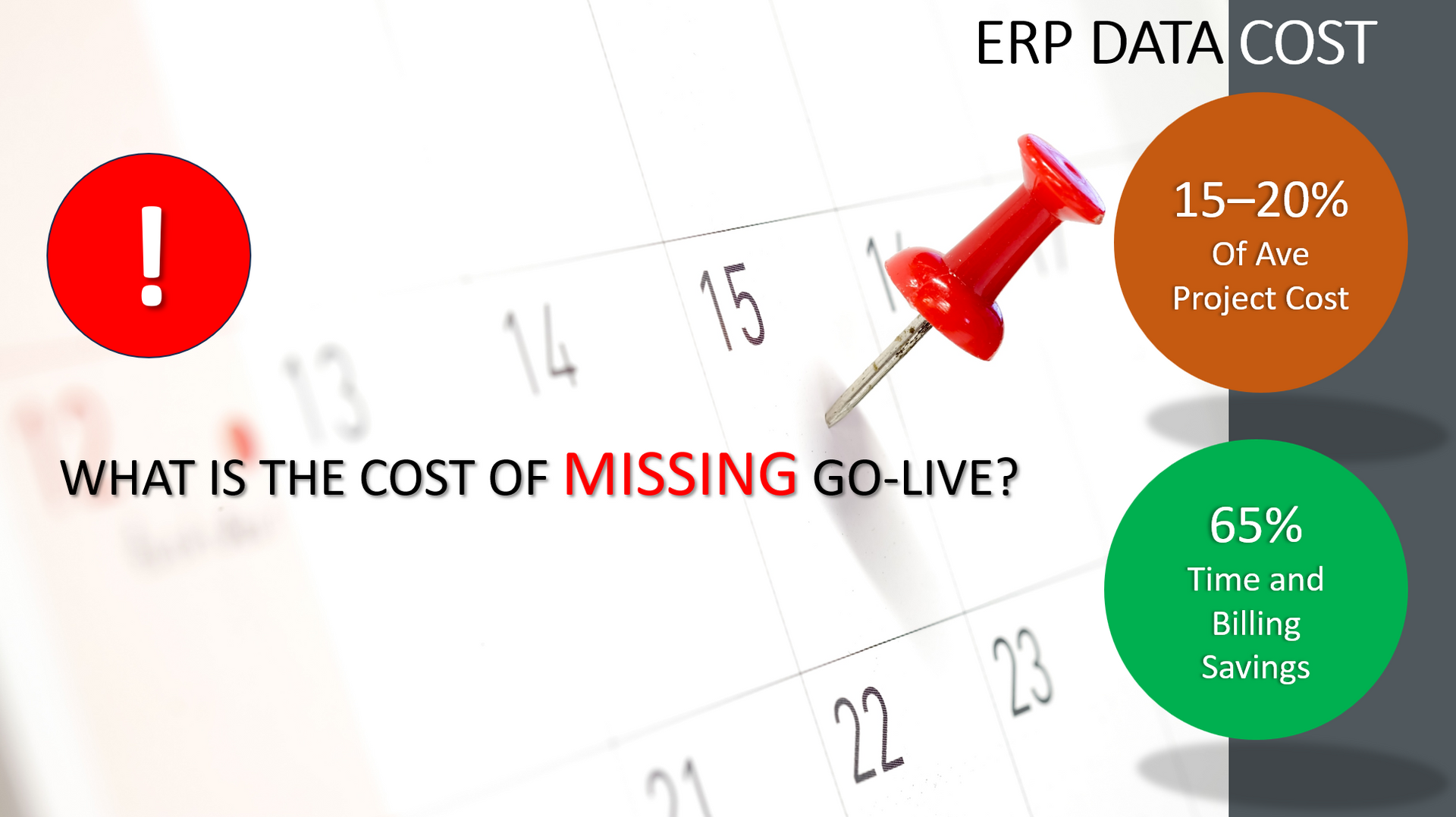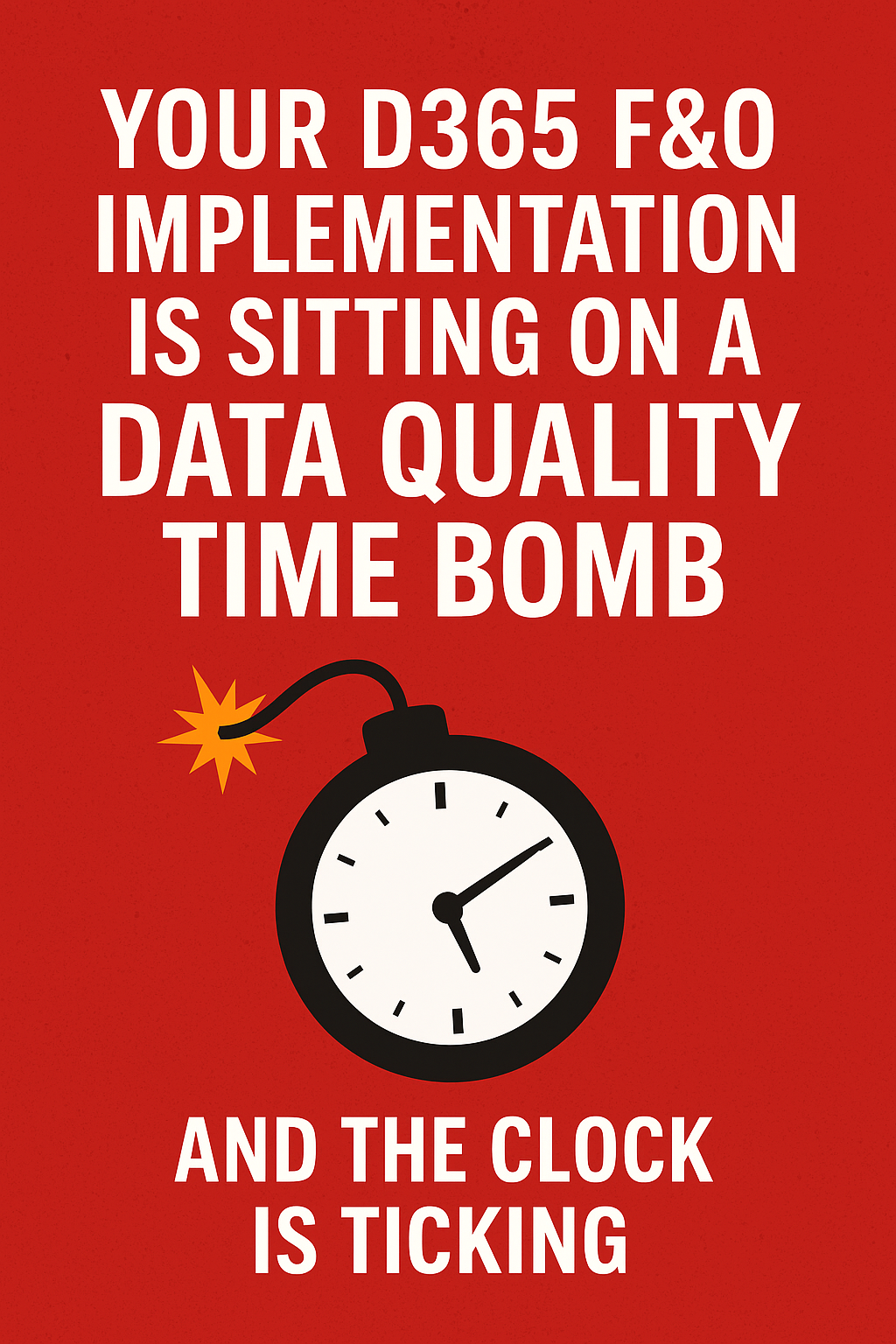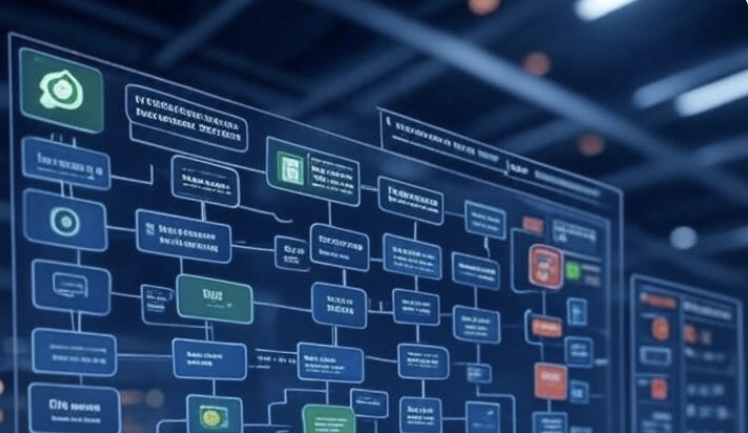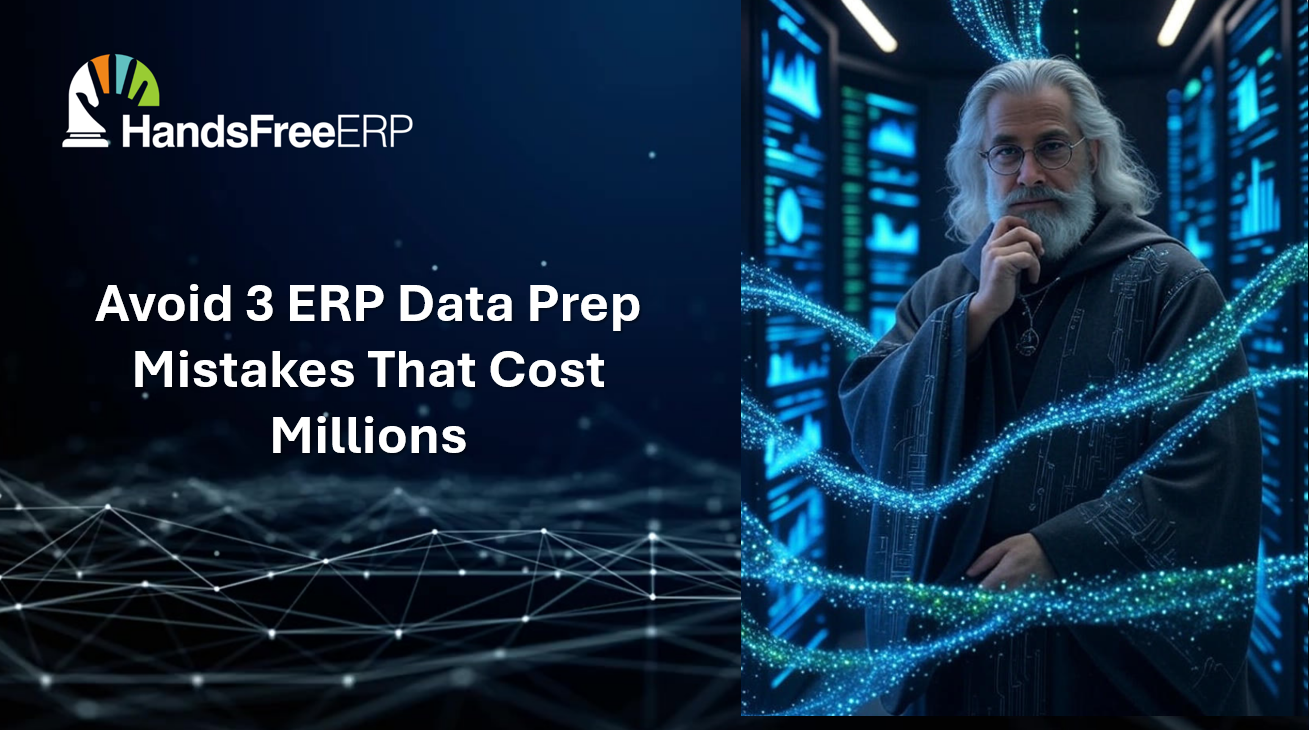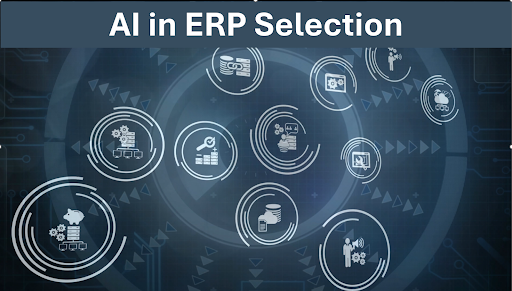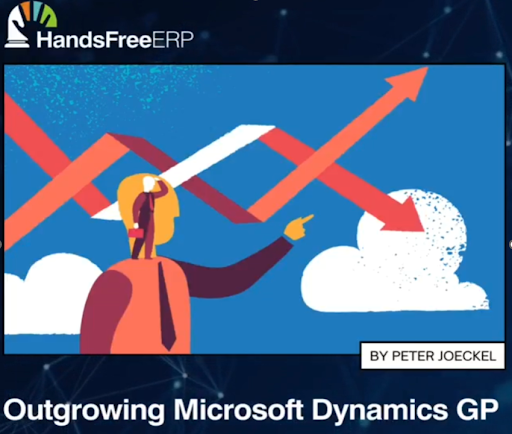The Myth of the BIP - Part 2
The Myth of the Big Important Partner - Part 2

If you are in the middle of a struggling ERP implementation you may recognize the symptoms of the Big Important Partner Myth and how it is affecting your project.
If you are in the process of changing or selecting a partner for a new ERP implementation then an understanding of the partner related ERP project issues may save you time and money.
And maybe an ulcer, job or company.
Having worked in a wide variety of business models in the ERP implementation world for over thirty years my observations are grounded in actual experience along with the corresponding battle scars and lots of great stories, from the sleepy consultant to the “fairy dust” project plan.It turns out that I learned several critical ERP implementation lessons on my first job fresh out of college, I was just not smart enough at the time to understand them.
First and foremost is the “nobody ever got fired for hiring IBM” thinking of ERP implementations. In the “olden days” it was taken as gospel that many IT projects would go to an IBM solution because they were considered the gold standard in the industry. Therefore, by selecting IBM, decision makers sought to insulate themselves and their paychecks against potential criticism by making the “safe choice”.
Today you see companies hiring ERP implementation partners for the same reason. Big Important Partners give them the sense of comfort that they are in good hands.

- I started my career working for a big partner, a real big partner: PriceWaterhouse. At the time Price Waterhouse was not yet PWC and part of the admired “Big Eight” group of accounting firms.Interestingly, a saying I was soon to learn was that in the Big Eightthe “good leave, the bad leave and the mediocre prosper”.
The other lesson I learned was that while experienced partners and senior managers sold projects on the promise of size, references and an endless experienced resources pool. I was being sent out as a seasoned consulting resource with only the briefest opportunity to get up to speed on software that I had never seen before.
In the ERP space, I have seen this play out over and over on failed or mediocre ERP implementations that are over budget, over time and not delivering on promised functionality.
Having been exposed to multiple business models in the industry I have come to see that there are fundamental issues and drivers behind the behavior of the Big Important partner firms that put them fundamentally at odds with their customer base and will forever hamper their ability to deliver excellent projects.
These include:
- Net new pressure
- Overhead and Scarce Resources
- Resource baiting and switching
- Mergers and Acquisitions and VC money
Over the next few posts we will look at this one issue at a time.
HandsFree ERP is dedicated to supporting clients with their ERP initiatives, enabling companies to seamlessly connect users with their ERP partners. By utilizing skilled professionals, streamlined processes, and cutting-edge tools, HandsFree ERP significantly boosts the success rates of ERP projects.



